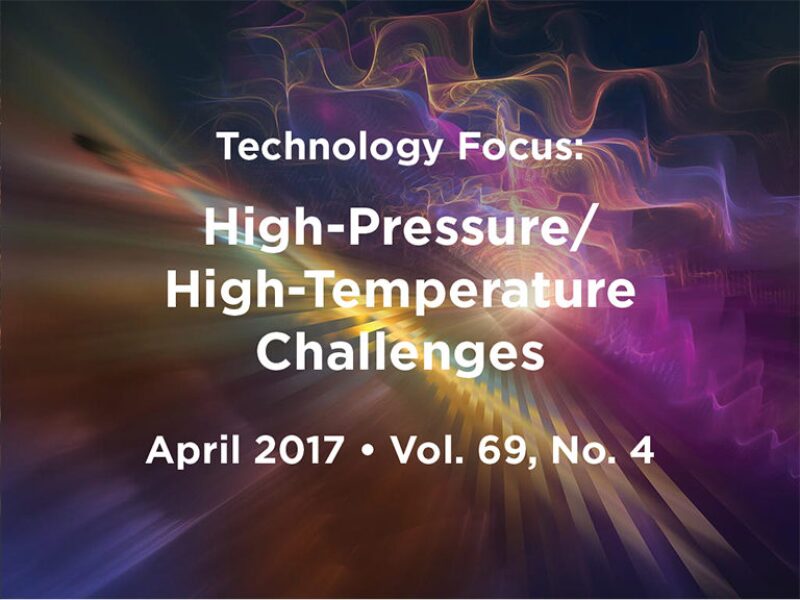One common issue among operators in determining whether to install a managed-pressure-drilling (MPD) system for a campaign is the significant upfront cost. However, through detailed cost/benefit analysis and examination of lessons learned, it becomes clear that the benefits in operational safety, drilling optimization, and nonproductive-time reduction through the use of MPD significantly outweigh the cost. The complete paper discusses lessons learned and best practices of MPD technology in relation to high-pressure/high-temperature (HP/HT) wells drilled in Vietnam.
Preparation for MPD: Constant-Bottomhole-Pressure (CBHP) Drilling in an HP/HT Environment
HP/HT drilling activities offshore Vietnam commonly experience a narrow margin between formation pore pressure and fracture gradient, in which variation in bottomhole pressure (BHP) can increase the risk of an underbalance during static wellbore conditions and lead to a higher chance of fracturing the formation in dynamic conditions. Thus, a detailed hydraulics analysis was performed with a proprietary software to simulate several scenarios at the casing shoe, at the peak-pore-pressure point, and at the target depth of the 12¼-in.-hole section.
Formation prognosis for Well A showed a converging pore-pressure/fracture-pressure (PP/FP) window with depth; therefore, hydraulic modeling and analysis were performed by choosing the pivot point set at bit/total depth, and the loss of annular friction during pump-off events would be compensated for on the basis of selection of pressure at this point.


